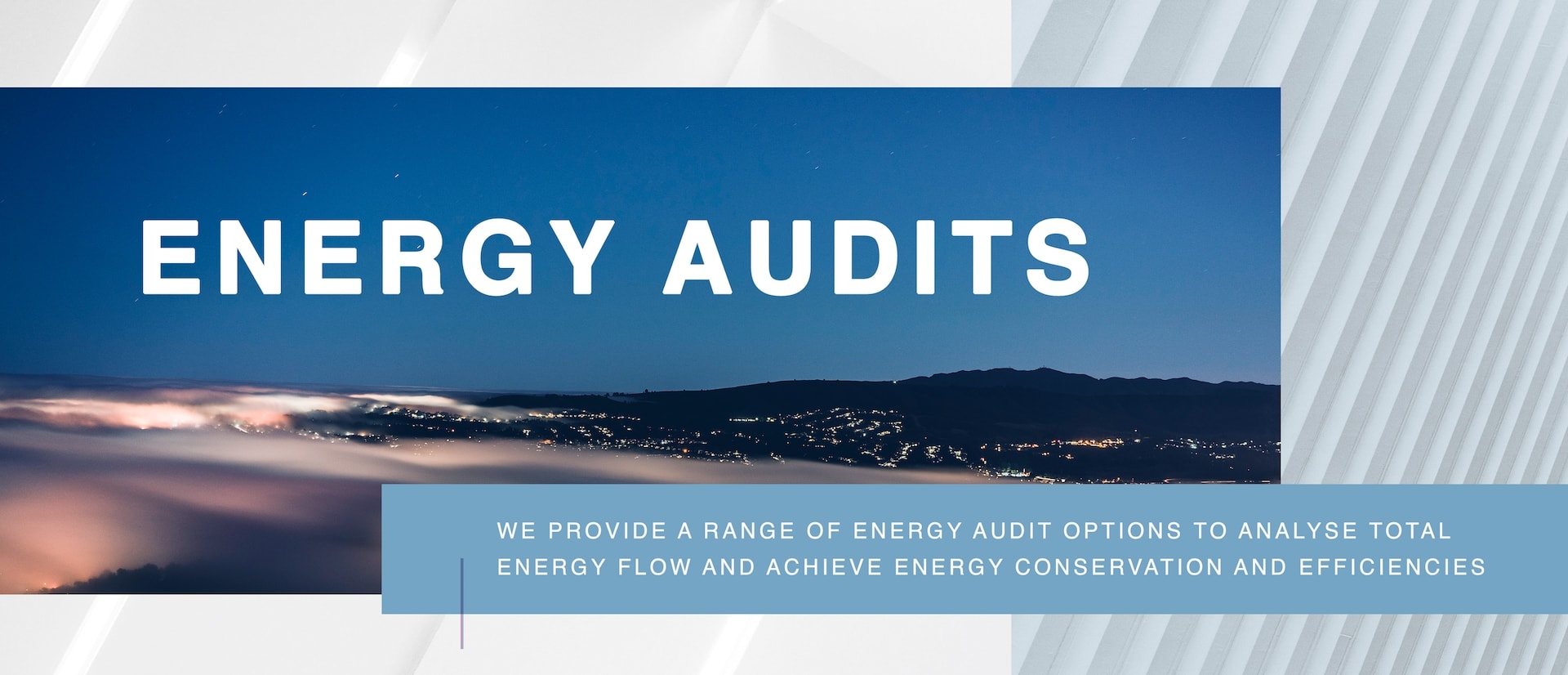An Energy Audit is an inspection and analysis of the energy flows of a commercial or residential buidling. The purpose of an Energy Audit is to measure total energy usage across electricity, water and gas in order to reduce the amount of energy input without negatively affecting overall output. An energy audit is typically the first step in identifying opportunity to reduce your energy bills and carbon footprint.
Generally, there are 3 types of energy audits that are useful in identifying areas to gain energy efficiencies
Type 1 (also known as a Walk Through Audit). Type 1 audits assess building energy efficiency to determine low-cost areas of improvement as well as suggest the urgency for other audit types. This type of audit is primarily based on visual verifications from our audit specialists and a more detailed study of installed equipment, basic operating data and energy consumption patterns. Type 1 audits can typically be completed within a month
Type 2 (Detailed/ General energy audit). This audit is based on the results of a pre-audit that we carry out. Significant savings of up to 20% can typically be realised after carrying out a Type 2 audit and is out most popular audit type for many clients. Timeframes for Type 2 audits are generally 2-3 months and should be revisited every 3-5 years.
Type 3 (Investment grade audit). This type of audit is an ongoing process whereby a large amount of energy data over multiple short periods of time is used to track energy usage at a granular level. Type 3 audits are most suitable for large buildings and developments as they offer the greatest level of accuracy (+/- 10%) and are carried out using specialised modelling software. Time frames for Type 3 can vary depending on the specific needs of the client, but are usually a minimum of 6 months.

